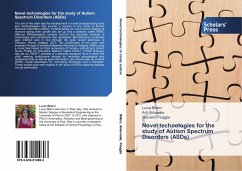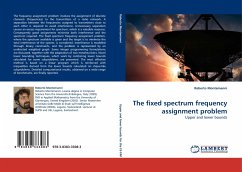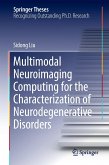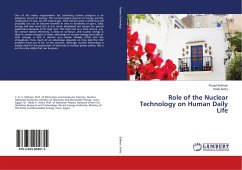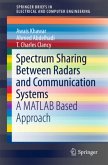The aim of this work was the development of novel bioengineering tools and methodologies that provide a support in the study of Autism Spectrum Disorders (ASDs). A methodology for non-invasive imaging of neurons during their growth was set up and a software called NEMO (NEuron MOrphological analysis tool) for the automatic analysis of morphology and connectivity was developed. Microstructure properties were inferred also in vivo through the quite recent technique of Diffusion Tensor Imaging (DTI). The functionality of the brain was analyzed through Functional Magnetic Resonance Imaging (fMRI) using a novel task based on face processing of human, android and robotic faces. Finally an innovative platform called FACE-T (FACE-Therapy) was set up. FACE-T consists of a specially equipped room in which the child, wearing unobtrusive devices for recording physiological and behavioral data as well as gaze information, can interact with an android (FACE, Facial Automaton for Conveying Emotions) and a therapist. These studies give new insights in the study of ASDs exploring aspects not yet addressed.

